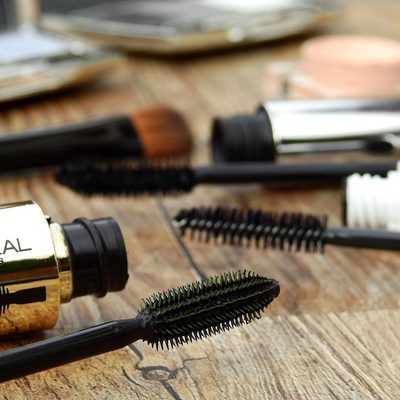If we look at the consumer good market today, we could probably take any one product and see that it is used by consumers in a myriad of different ways and the medical industry is no different. For example, let's look at a spoolie brush. On the one hand this brush is used in cosmetic applications, most commonly as a mascara wand or brush. This would very clearly be a consumer good. Now on the other hand, this same exact spoolie brush is also used in the medical industry to clean endoscopes and even to take endoscopic samples - making it a medical device.

In the US, what determines the categorization of a consumer good versus a medical device is the "intended use" and "indications for use" of the product. The way the product is expected to be used also dictates the regulations that must be applied (i.e. medical devices are subject to FDA regulations). The composition and/or manufacturing process for the product does not change.
To determine whether your product is truly considered a medical device, and therefore subject to FDA regulations, the first step is to decide if it meets the definition of a medical device per Section 201(h) of the Food, Drug, and Cosmetic Act:
"An instrument, apparatus, implement, machine, contrivance, implant, in vitro reagent, or other similar or related article, including a component part, or accessory which is:
1. recognized in the official National Formulary, or the United States Pharmacopoeia, or any supplement to them,
2. intended for use in the diagnosis of disease or other conditions, or in the cure, mitigation, treatment, or prevention of disease, in man or other animals, or
3. intended to affect the structure or any function of the body of man or other animals, and which does not achieve its primary intended purposes through chemical action within or on the body of man or other animals and
which does not achieve its primary intended purposes through chemical action within or on the body of man or other animals and which is not dependent upon being metabolized for the achievement of its primary intended purposes. The term "device" does not include software functions excluded pursuant to section 520(o)."
Once you've defined your product's "intended use", "indications for use" and determined that it does meet the FDA's definition of a medical device, your next step is to find out if there is an existing product classification that fits your product. If there is an existing product classification that matches your product's intended use or indications for use, there is probably a good chance that your product will therefore also be classified as a medical device.
There are three methods to research product classifications:

- Search Product Classification Database: the FDA has a whole database dedicated to the existing product classifications on file. You can search by something as simple as a keyword or drill down even further using a product code, regulation number or device class
- Find Similar Devices by FDA Order/Letter: if you know of a similar device on the market in the US, you can search for the document issued by the FDA giving the manufacturer clearance to sell to consumers. Possible types of documents include Premarket Approval (PMA), Premarket Notification 510(k), or DeNovo
- Find Similar Devices by Device Listing: if you know of a similar device on the market in the US, you can also search for its product classification by reviewing its device listing information through the FDA's Establishment Registration and Device Listing database
After all of this hard work and research, you may decide that your product is in fact NOT considered to be a medical device according to the FDA and think "Hooray! We're in the clear!". Not so fast - there is a chance that your product is actually regulated by another Center of the FDA such as:
- Center for Biologics Evaluation and Research (CBER) regulates biological products
- Center for Drug Evaluation and Research (CDER) regulates human drugs. If the primary intended use of the product is achieved through chemical action or by being metabolized by the body, the product may be considered a drug
- Center for Veterinary Medicine (CVM) regulates products intended for animal use
- Center for Tobacco (CTP) regulates tobacco products
For unique products, especially those with novel technologies, you may need the expertise of an experienced consultant to help determine whether or not your product is a medical device. RQMIS will work with clients to make this determination and give them the next steps needed to get on the market. If you're ready, drop us a line.